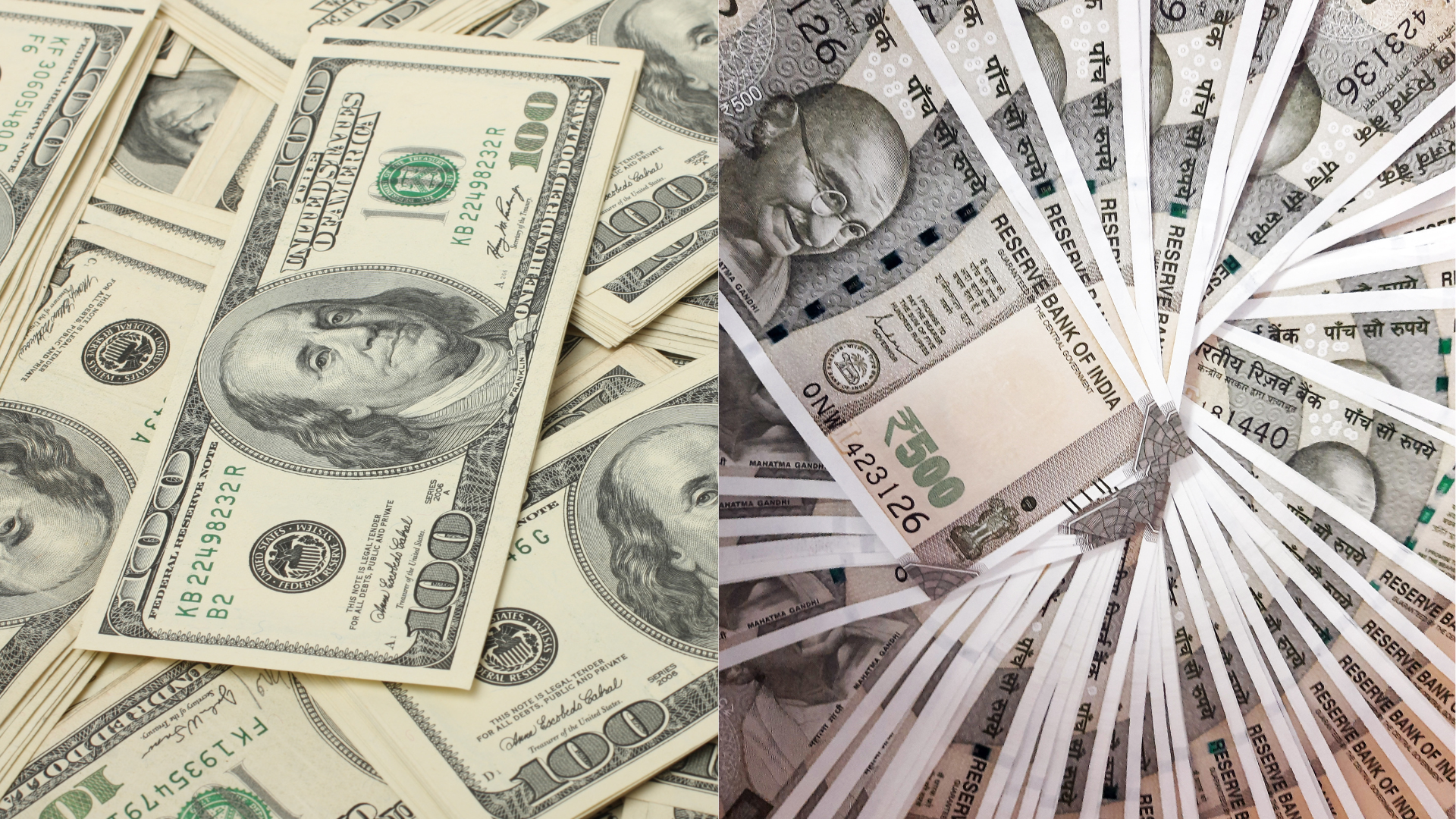The USD/INR extended its rally, driven by renewed concerns over U.S.-China trade tensions as markets await clarity on potential tariffs from the Trump administration. The pair has been climbing steadily, reflecting investor caution amid growing geopolitical risks that could ripple across emerging markets.
The prospect of fresh U.S. tariffs on China has fueled demand for the dollar, with investors seeking safety in the world’s reserve currency. This shift has put downward pressure on the Indian rupee, which remains vulnerable to external shocks given its dependence on foreign capital flows and trade dynamics.
Adding to the rupee’s woes, global risk sentiment remains fragile. Emerging market currencies, including the Indian rupee, often suffer when trade tensions escalate, as investors pull back from riskier assets. The uncertainty surrounding U.S.-China relations has amplified this trend, making the USD/INR’s upward trajectory more pronounced.
Domestically, India faces its own set of economic challenges that could exacerbate the currency’s weakness. Concerns over slowing growth, fiscal deficits, and inflationary pressures add to the rupee’s headwinds, while foreign portfolio outflows have intensified amid global risk aversion.
Analysts suggest that the USD/INR could maintain its bullish momentum if trade tensions persist. The pair’s movement will likely hinge on Trump’s tariff announcement, with potential for further volatility depending on the severity of the measures. A hawkish stance from the Federal Reserve could also bolster the dollar, leaving little room for the rupee to recover in the near term.
Market participants are closely monitoring any developments from Washington, as well as economic data from India, to gauge the pair’s next move. Until greater clarity emerges, the USD/INR is expected to trade with an upward bias, reflecting both global and domestic uncertainties.













